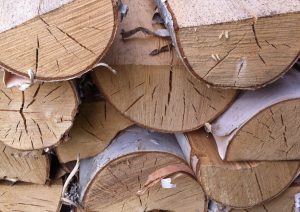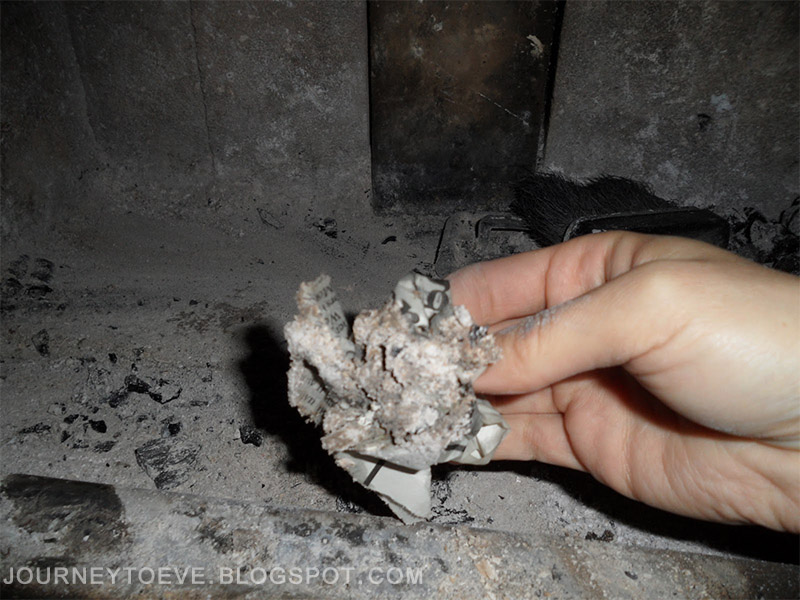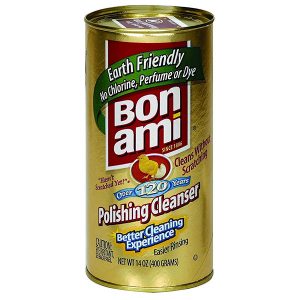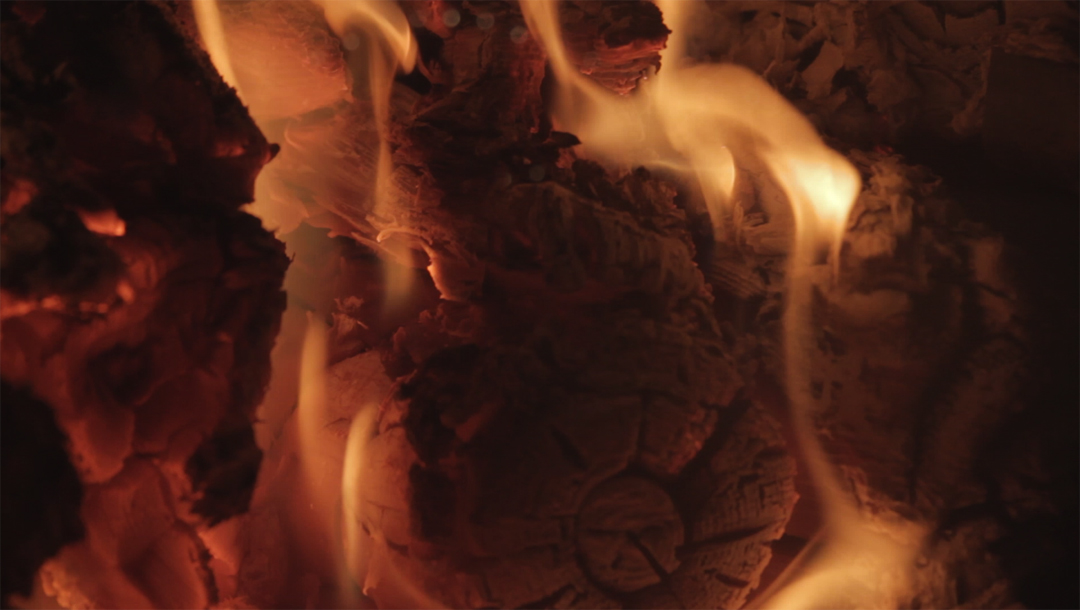How to Keep Your Woodstove Glass Doors Clean
A cozy fire in a woodstove is one of our favorite parts about the fall and winter for many reasons: The smell of burning wood, the way the heat gently wraps around you, the soft crackling sounds, and perhaps most of all, the flickering light of the fire. The way a woodstove lights up a room is a large part of why many people invest in wood heat, and the reason the most popular woodstoves out there all feature a glass door on the firebox. The demand for glass doors is so strong that many of the classic cookstove manufacturers even started putting them on the fireboxes next to their ovens, ushering in an era of cookstoves that offer both ambience and delicious meals. Everyone, it seems, loves watching fire through their woodstove glass doors.
However, glass accumulates soot like the rest of a woodstove’s interior. So how do you keep the glass doors on a woodstove clean?
Only burn seasoned wood. Wood with a high moisture content leads to nasty issues with creosote, for one thing, and the extra smoke produced by moisture inside of wood will result in more soot on the glass doors. Wood that has been properly stored and seasoned will have a minimal amount of moisture left inside of it, leading to better heat and less glass cleaning.
Keep your fire hot. If you don’t know how hot your fire is burning, we recommend purchasing a stove thermometer, which attaches to your chimney pipe and lets you know when you’re at an ideal burning temperature. With a stove thermometer, you can gauge when to dampen or open up the oxygen on your fire, keeping it at an ideal temperature. This is important because it helps you avoid over-firing the stove and creating a chimney fire, but it also allows you to know when your fire is not hot enough. A fire at a low temperature can’t burn off the soot accumulating on your glass, while a fire in the “burn zone” will consume most of the matter found in smoke.
Place logs closer to the glass. If you have the firebox space, try to build your fire closer to the glass doors. Hotter glass will allow less soot to build up and angling the wood closer to the front can cause a more effective draft. With less smoke contacting the glass before it can be pulled up the chimney pipe, you will see a slower buildup of material.
Use the newspaper and ash method. A common DIY method of cleaning woodstove glass doors is to take a piece of newspaper, dampen it with water, dip it into your wood ash, and then scrub the glass. While this can leave some streaking at first, it’s often a good way to take off a moderate amount of soot in short order, and you can usually finish the job with a bit of water and paper towels.
Use a glass cleaner. You might be wondering, “why not just clean woodstove glass doors with standard cleaning products?” The reason is that many of these products will leave chemical residue on the inside of your glass that, when consumed by fire, will become unpleasant (and potentially harmful) to breathe. Cleaners like Windex will work to some extent, but often require an intense amount of scrubbing that is just not worth the effort for most. Be extremely cautious when applying any cleaner to your glass, understand what chemicals are in it, and always wait several hours after applying it before you begin your next fire.
Many people have reported success using “Bon Ami”, an all-natural cleaner powder that’s relatively common and cheap. We at Obadiah’s have yet to try it on any glass doors, but it looks promising (let us know in the comments what your experience with it has been!) and features ingredients that are harmless when burned.
There is no way to entirely prevent soot from building up on your woodstove glass doors, but you can significantly reduce it with just a bit of planning and some elbow grease every few weeks. It’s not much to ask, when the reward is beautiful firelight all winter long.












I use the same cleaner that is recommended for cleaning glass top electric stoves. It works great!
Hands down!!!!! I was so happy to see the tip of how to clean the glass with wood ashes and a damp piece of paper… newspaper or paper towel. Cleaning the glass with ashes works so incredibly well. I stumbled across this hint about a year ago. Im glad you’re telling your customers about it too.
Thank you for sharing these tips on how to keep wood stove glass doors clean. It’s important to maintain the cleanliness of the glass doors to ensure that you can see the fire inside and that it’s burning efficiently. I found it helpful that you suggested using newspaper or coffee grounds to clean the glass instead of harsh chemicals, which can leave residue and potentially harm the environment.